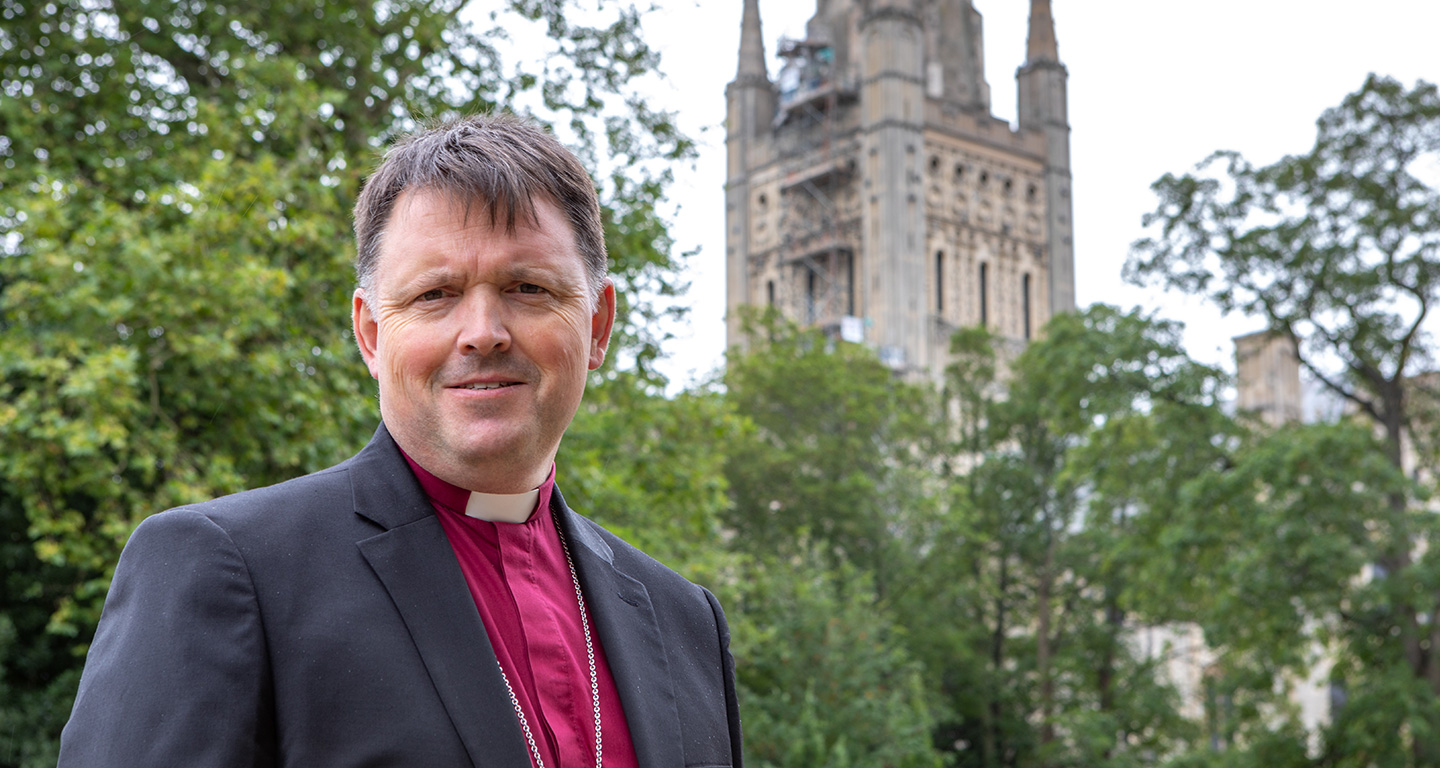Weeping – Wondering – Witnessing
Easter 2021 Norwich Cathedral
Isaiah 25.6-9; John 20.1-18
Even on Zoom you can see tears. They shine on the screen. In our breakout room his eyes welled up and a wet line ran down his cheek. “I’m exhausted”, he said, “wrung out with the continued changes in rules and not seeing beyond a fortnight. I need a break from the vicarage but we can’t go anywhere.”
“I sat at the first Communion service after lockdown and wept”, she said, “and I think I left puddles on the floor”.
“Covid meant I couldn’t be with her”, he sobbed with those shoulder heaving movements. “She died with no one to hold her hand and it should have been me”.
“Life’s pants at present, not open, no customers, no income, nothing to do – why go on living, there’s nothing left?”
And around the world we’ve heard the loud sobs, the wailing weeping and the quiet flow of tears about other things whether in Myanmar or Mozambique, or a refugee camp, or from those looking hopefully for rain to come on a parched part of the planet, or those deluged in floods in another place. The tears of the suffering have been more acute in what has felt like a year-long Lent. Many have known the anguish of broken dreams and broken hearts. And you know what it’s like when your eyes well up and you can no longer see with a focussed vision. That’s what it’s felt like for many – looking on the world, on life, has become disorientated and blurred.
“What rain is for seeds, tears are for those who are afflicted” said St John Cyrysostom. In the minds of the theologians of the Early Church healing began in the heart and tears are a powerful balm. And there is truth in that. We can feel better after a good cry.
And we are in good company; Jesus wept. He wept at the tomb of his friend Lazarus. He wept overlooking Jerusalem, the city that held dreams and broken hope in its rough crucible. He wept “in the garden of tears, my heavy load he chose to bear, his heart of sorrow was torn, ‘Yet not my will by yours’ he said.”
He noticed that those who mourn are blessed. He knew that Peter would weep when he heard the cock crow a third time. He saw the women in the crowd weeping as his cross passed by. And from the cross he looked down to see his mother weeping unable to reach out his arms to console her because they were stretched out in consolation and love for the whole world. Did Peter, the women in the crowd and Mary experience “tears [being] like blood in the wounds of the soul”, as Gregory of Nyssa described them?
On that first Easter morning the wounds ran deep amongst those who went to the garden. They were grief stricken and weighed down with sadness and disbelief. Their visit was simply to anoint the body of the one they loved but now it was as if they were at the scene of a crime. It seemed that the grave robbers had been; the place had been vandalised.
Mary Magdalene wept. This wasn’t silent, it was the loud wailing and lamentation of the dead. Her tears threatened to drench the story. She was not only mourning the death of Jesus but also the presence of the absence of his body. Her life was now as seemingly empty as the tomb; the Jesus shaped space within her has been hollowed out. She wept for what she has lost because she couldn’t yet see the future in Christ. She could only see through the blurred vision of her tears.
As we wait with her we see how strength rose within her and she bent to look deeper into the darkness. When faced with the choice to flee from the pain or walk into it, she chose to lean into the darkness.
“Woman, why are you weeping?” Mary Magdalene was asked by the messengers that God sent her in her darkest hour to name her pain. You see, God does not just know our sorrows, he notices them. He doesn’t just say all will be okay, but comes alongside us in our grief and asks us to tell him about it. It’s the same question that the man she thought was the gardener asked her. It’s the question we are asked, too, when we weep at the things we have lost. It’s in the naming of the pain that the path to healing and wholeness can begin. But Mary didn’t just name her pain to the gardener, ‘they have taken him’, she asked for help, ‘tell me where . . .”. She was co-creating her future.
And what did the gardener Jesus do? He called her by name – Mary – and moved her from weeping to wonder. The risen Jesus disclosed himself and we too need to be alert to the risen Christ’s hidden presence in our own lives and in the world around us. He holds up a mirror to us, calls each of us by name, naming the Christ within us, the Christ dwelling in us, the Christ lived out through us. Christ is already in that hollowed out space of the emptiness that we carry. Turning it was a hollowed place into a hallowed place. We meet him when perhaps we least expect to. Look, look into the dark places of your own life or your community or the world and don’t be surprised to see Jesus already there, yearning to lead you out.
The risen Christ calls us by name, refusing to be imprisoned in death’s solitary confinement. We can’t hold onto him or hold him back or hold him down. Jesus is active in the world. Bringing peace in the midst of conflict. Love where there is hatred. Justice where there is oppression. He keeps saying, “The way out of the darkness is only through living this sort of resurrected life with me. See the future I have for you”.
Through these still challenging days, Christ is beckoning us not to look too much into the darkness, but look to the light of the new possibilities. To move from weeping to wonder. Behold the living Jesus is making all things new at the dawn of a new day where tears will be wiped away just as Isaiah dreamt.
In Christ we pass from death to life, from death’s dark tomb to God’s triumph. Resurrection has happened, is happening and will happen because God holds the past, the present, and the future in the palm of God’s hand.
And as Mary embraced that future so she moved from wonder to witness. Mary became the apostle to the apostles. Imagine the tears of joy! And the message that she witnessed passed from person to person, was walking and sailed across the world, was fought over and made treatise with, continues to upset the powerful and comfort the afflicted, has held out a vision and has been compromised, underpinned the building of this cathedral by our Norman forebears, and has sustained people of this city and diocese in times of pestilence and disease, drought and famine, and drawn people back again and again from the sin of selfishness and greed, and has at some point that witnessed story reached your and my ears, and transformed us and goes on transforming us by giving our lives deep meaning.
Now it’s our responsibility in this generation, a responsibility for each one of us, to witness that we too have seen the Lord, supporting others to move from weeping to wonder and on to witness again. In the unfolding of the linen cloths of Easter, and the unfolding of our lives, we are enfolded in the love of Christ and out tears are wiped away and joy comes. For Christ is Risen today. Alleluia!


